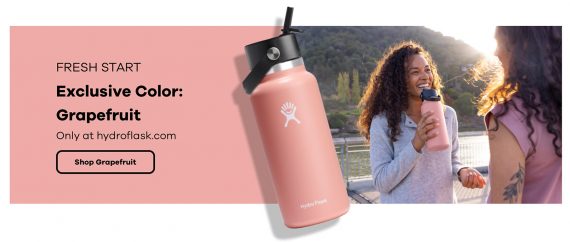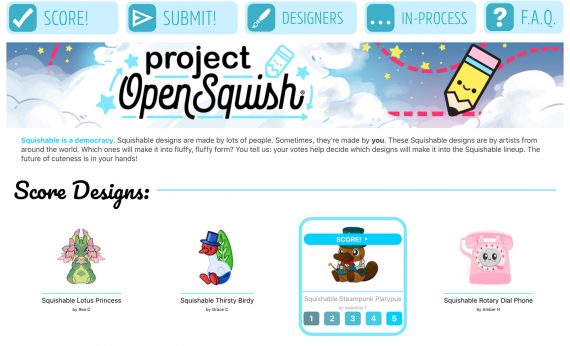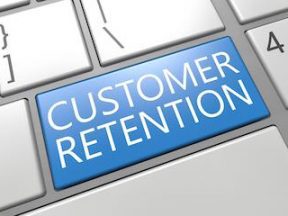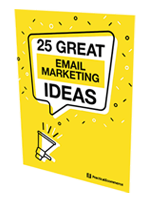Retaining customers is cheaper than acquiring new ones. Retention arguably favors direct-to-consumer brands who, owing to manufacturing control, can breathe new life into core, top-selling items. Otherwise, retailers can adjust an item’s presentation and promotion.
Regardless, here are eight ways to enliven a product mix to keep customers coming back.
8 Retention Tactics
Launch limited edition items. Consumers hate missing out. So limiting the quantity of certain products can create buzz and prompt quicker buying decisions. Give shoppers a purchase deadline, which works well with special services, digital goods, and preorders.
Offer exclusive versions. Making some options available only on your website versus, say, Amazon can attract more people to purchase directly. It can also entice shoppers to buy more limited items and, in some cases, increase average order values. Hydro Flask sells its products across many channels, including Amazon. But it sometimes reserves products or colors for its own site.
Label popular discontinued items as “final edition.” The word discontinued can evoke negative emotions. Since many products are discontinued because they don’t sell, the shopper may shy away and search for something else. Consider labeling any decent product — even if it’s being phased out for an updated version — as a final edition. This simple switch could prompt a sellout.
Build waitlists for soon-to-be-released products. One of the best ways to generate sales is to create hype around a launch. Teaser text and images can go a long way in collecting email addresses to notify shoppers when a new item arrives. Just don’t make them wait too long. After about 30 days, interest will seriously wane. Use engaging messaging onsite and in email. Send a “heads up” notice a week prior if possible.
Take preorders. There are many benefits to letting customers lock in their purchases early. For time-limited items, preorders help you determine production quantities. It helps understand consumers’ perceived value and how to market to them.
Let the community vote on new designs and features. Not sure which exclusive color, design, or feature to create? Ask your customers. Making your community part of the decision-making is a proven step to keep winning them over. Take Squishable, for example. For more than a decade, it has let its community decide which designs go into production.
Use synonyms for “hurry” and “don’t miss out.” These terms are overused on ecommerce sites. Consider instead “last chance,” “before it’s gone forever,” and “now.” Also, the word “hurry” pressures and irritates many shoppers. You may want to ditch it altogether.
Give top customers a head start. Make early access part of your loyalty program. Even a 30-minute window can generate excitement around a product launch.
The Critical Question
Finally, update the home page to answer pressing questions front and center. Address the critical question, “What makes us better?” Depending on what you sell, customers have other queries. For example, Burt’s Bees shoppers want to know how its organic skincare products are made or if they are tested on animals. The brand answers those queries with recognizable icons.
Many shoppers enter an ecommerce site via a product page. Use visuals there, too, to illustrate what makes you better.
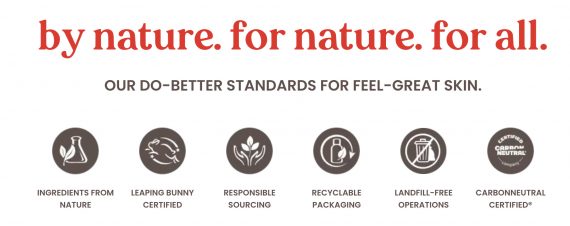
Burt’s Bees uses recognizable visuals and statements to tell shoppers why it’s better than others.
